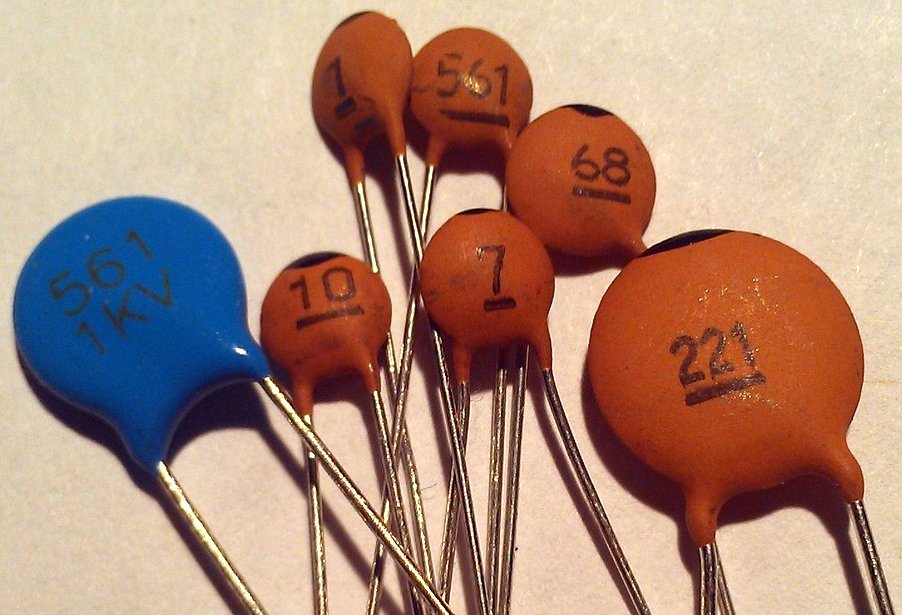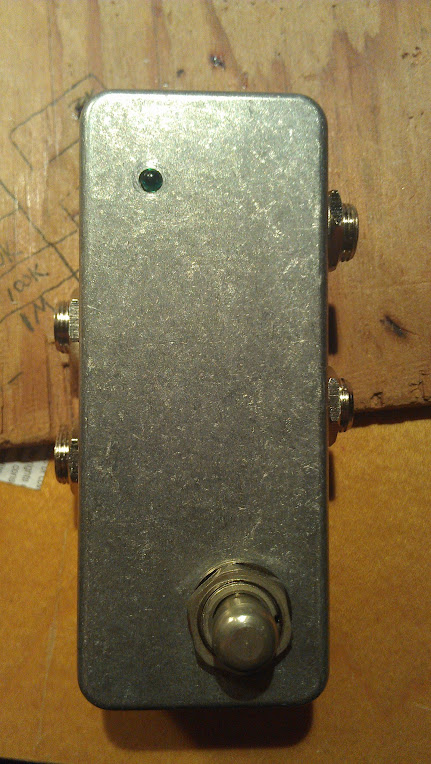Adapter is 14V/800Ma
not sure center pin polarity yet
(replacement adapter cheap- http://www.amazon.com/HQRP-Adapter-BRC-120T-A41408DC-Processor/dp/B00D42CEHI)
14v battery packs are avail from $35-$75
https://www.google.com/shopping/product/8566111088062462927?q=14v+battery+pack&safe=off&client=firefox-a&hs=bq6&rls=org.mozilla:en-US:official&channel=fflb&bav=on.2,or.r_cp.r_qf.&bvm=bv.73231344,d.cGU,pv.xjs.s.en_US.jy1SGYsq9dM.O&biw=1920&bih=904&tch=1&ech=1&psi=nIXuU9D7A8njoAS1j4CoBw.1408140696382.3&ei=3YXuU7nVCon7oAT25oDYCQ&ved=0COIBEKYrMAU
http://www.batteryjunction.com/tenergy-14-8v-4400.html?gclid=CjwKEAjw37afBRDO5M3h0qvj9zQSJACvwnOJppwrLfG8SAXLJHXjzzXmKBQpQ9KUlLJ0AI3ckAlPNxoCsBzw_wcB
What is needed is enclosure and know how to connect battery correctly to ports needed for charging the battery and powering the 505. Also not sure how to equate the draw of the 505 with the capacity of the batteries in terms of run time and if it is even worth doing with battery packs in this price range.
Any assistance appreciated-
C
not sure center pin polarity yet
(replacement adapter cheap- http://www.amazon.com/HQRP-Adapter-BRC-120T-A41408DC-Processor/dp/B00D42CEHI)
14v battery packs are avail from $35-$75
https://www.google.com/shopping/product/8566111088062462927?q=14v+battery+pack&safe=off&client=firefox-a&hs=bq6&rls=org.mozilla:en-US:official&channel=fflb&bav=on.2,or.r_cp.r_qf.&bvm=bv.73231344,d.cGU,pv.xjs.s.en_US.jy1SGYsq9dM.O&biw=1920&bih=904&tch=1&ech=1&psi=nIXuU9D7A8njoAS1j4CoBw.1408140696382.3&ei=3YXuU7nVCon7oAT25oDYCQ&ved=0COIBEKYrMAU
http://www.batteryjunction.com/tenergy-14-8v-4400.html?gclid=CjwKEAjw37afBRDO5M3h0qvj9zQSJACvwnOJppwrLfG8SAXLJHXjzzXmKBQpQ9KUlLJ0AI3ckAlPNxoCsBzw_wcB
What is needed is enclosure and know how to connect battery correctly to ports needed for charging the battery and powering the 505. Also not sure how to equate the draw of the 505 with the capacity of the batteries in terms of run time and if it is even worth doing with battery packs in this price range.
Any assistance appreciated-
C




















